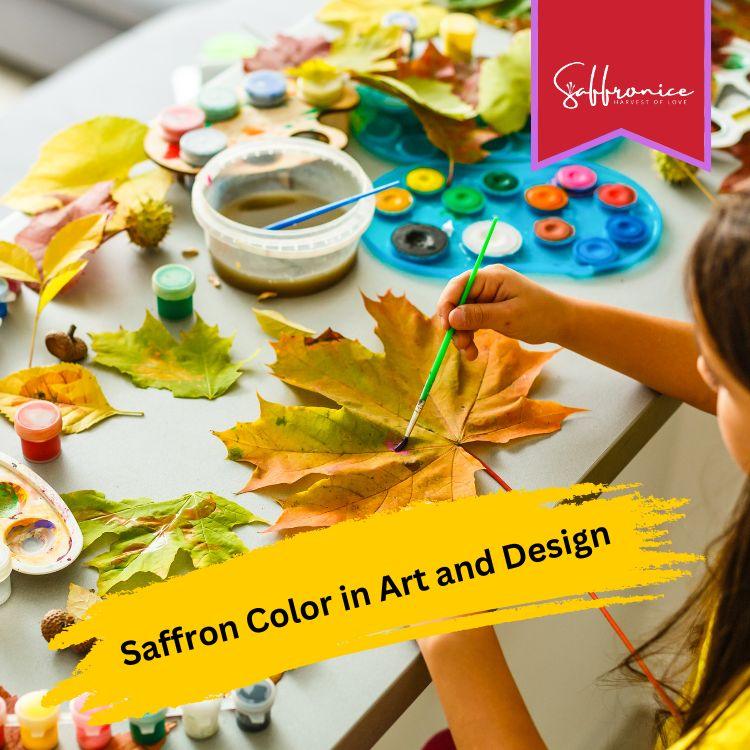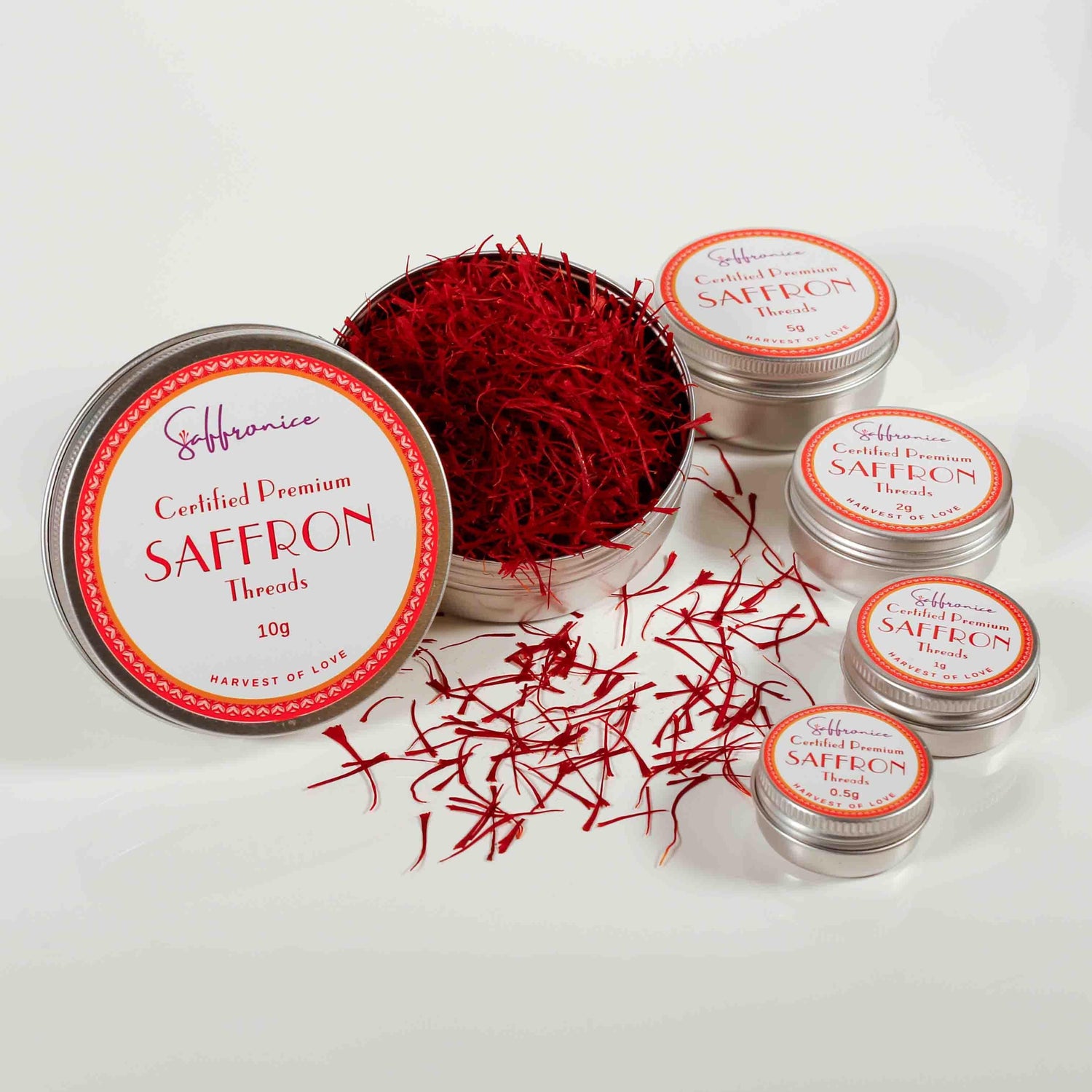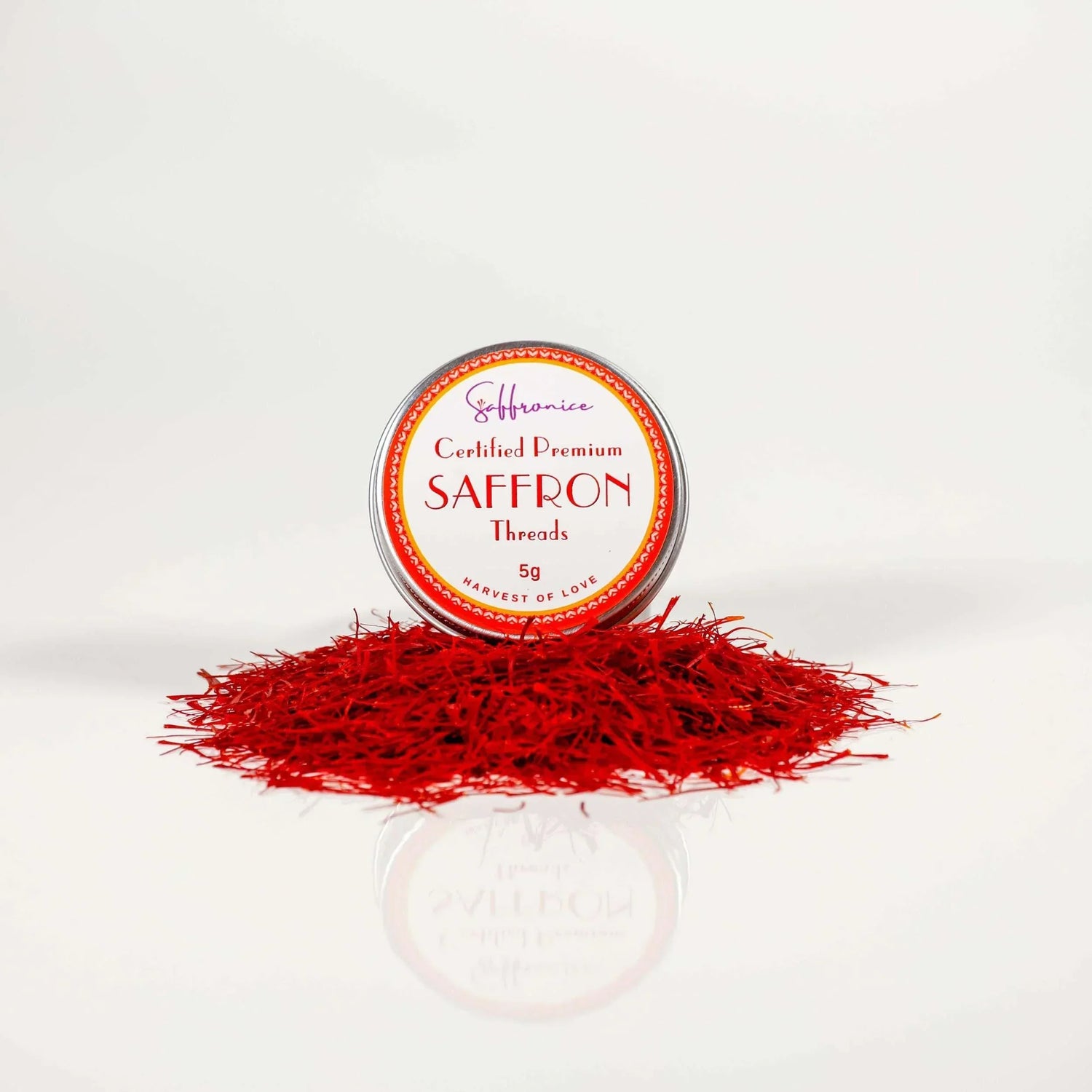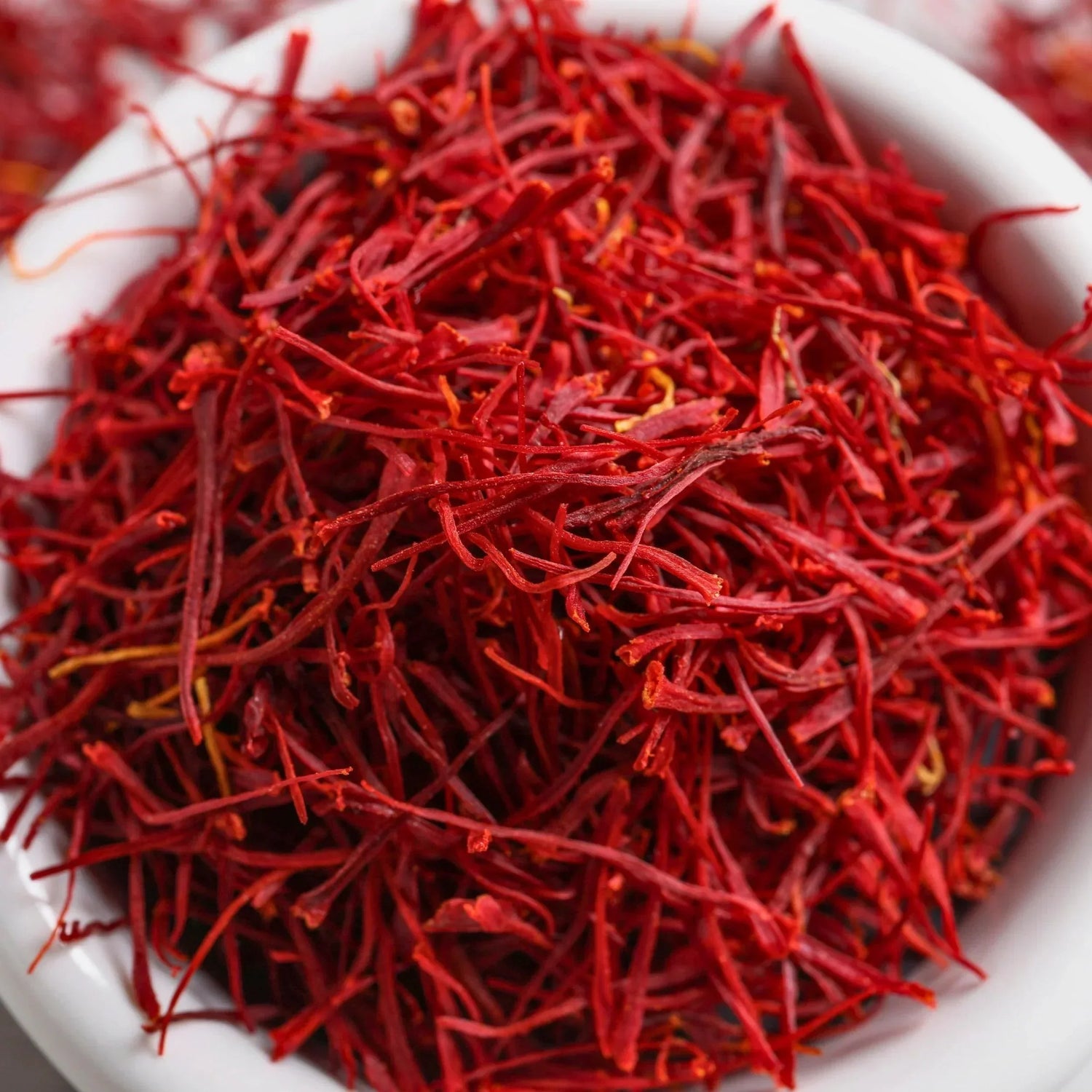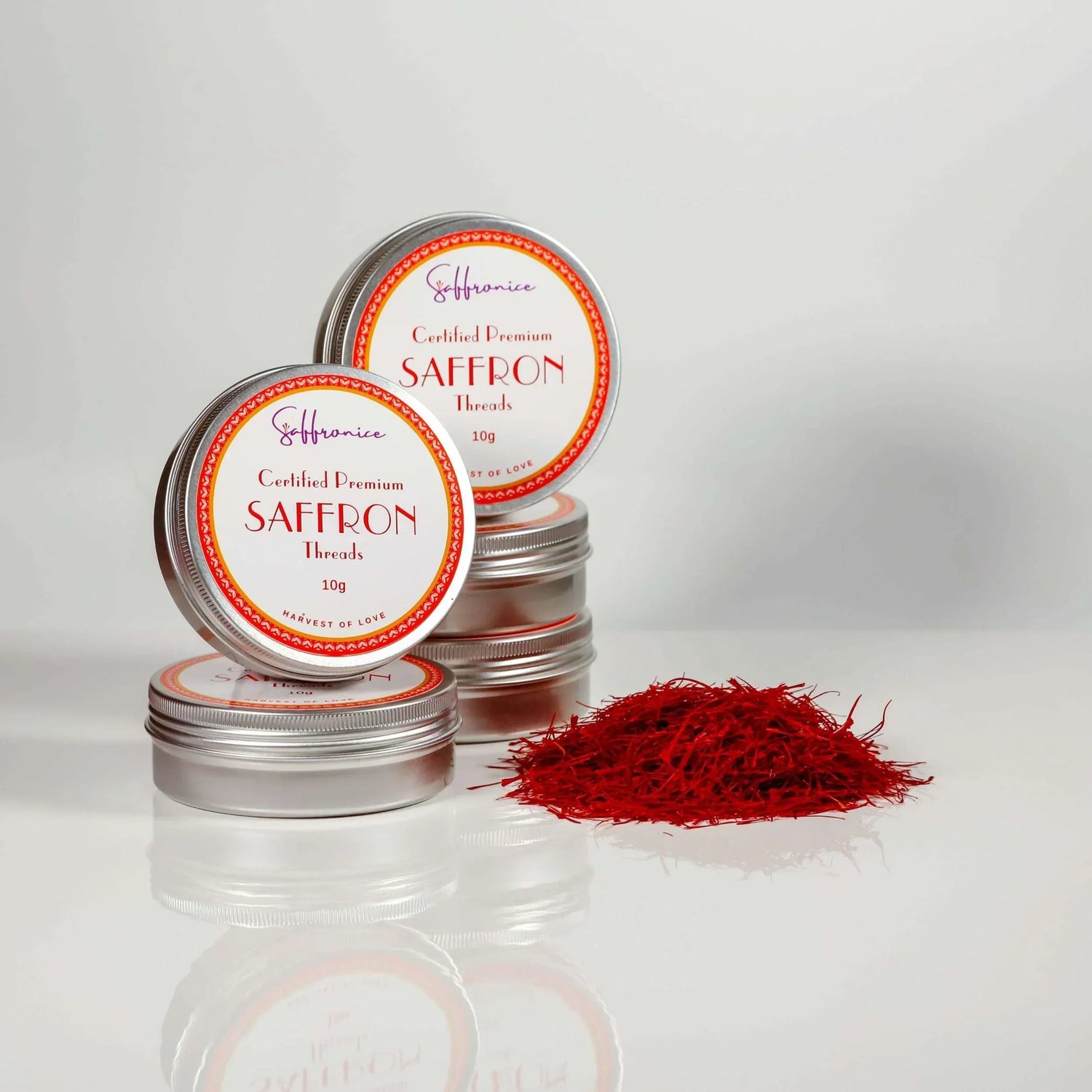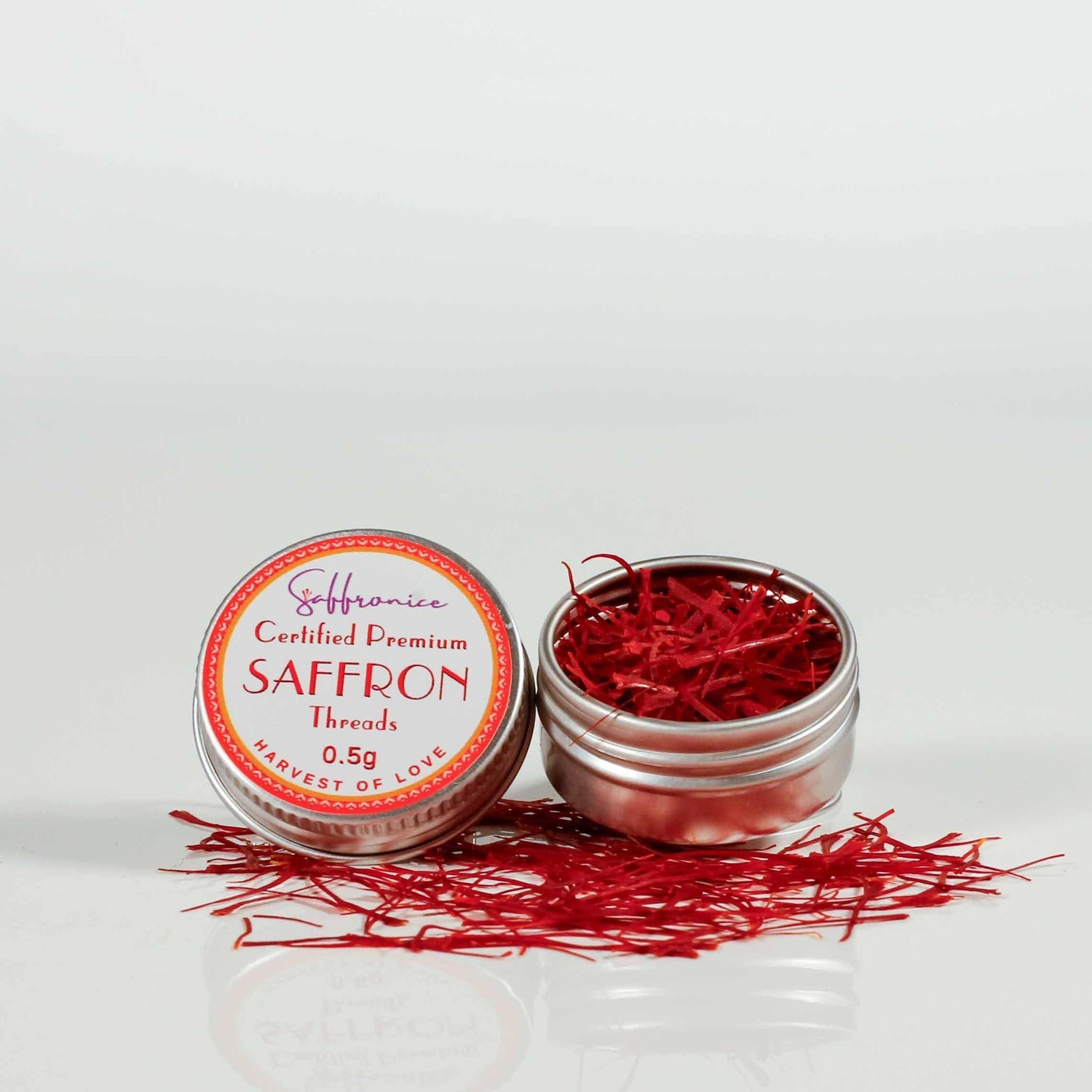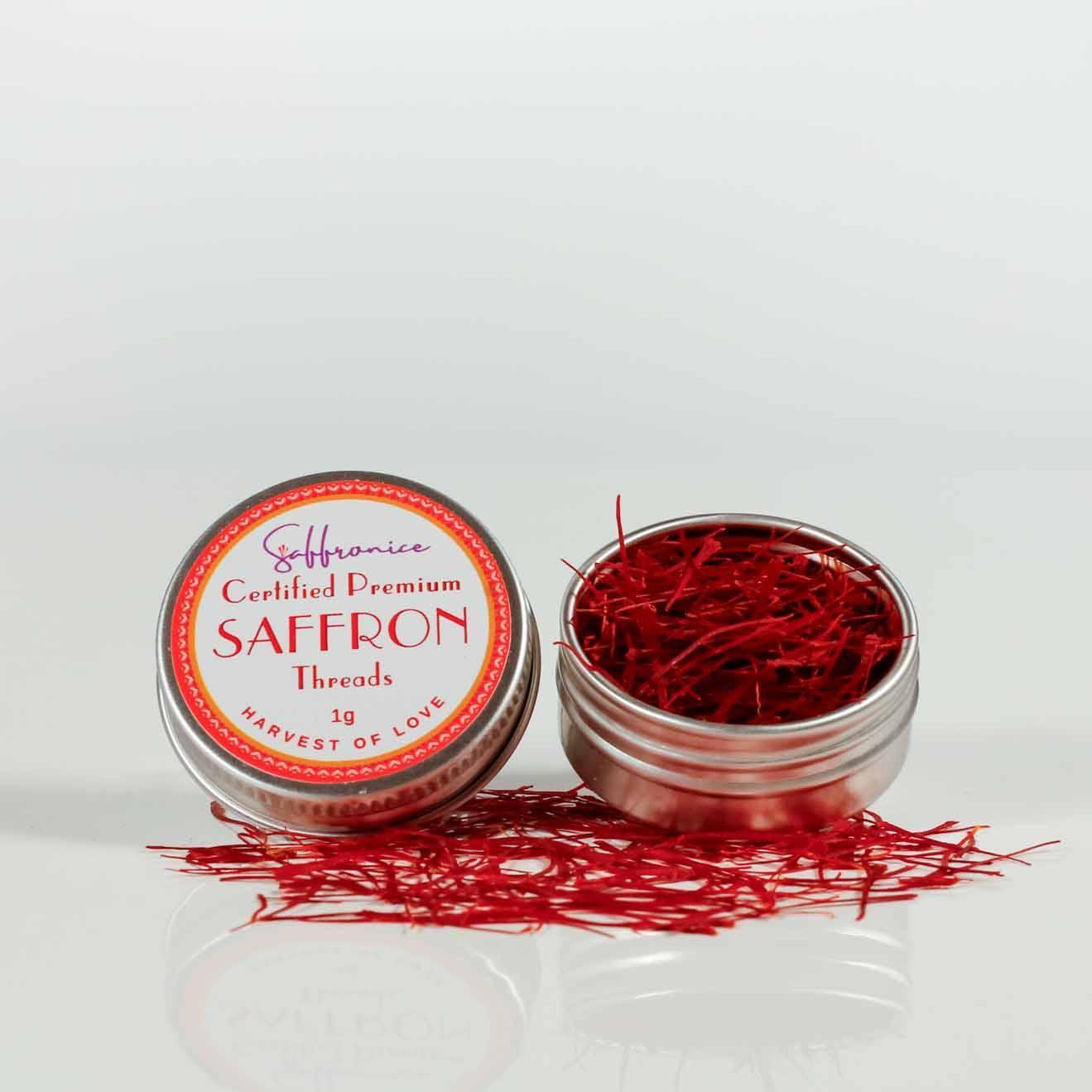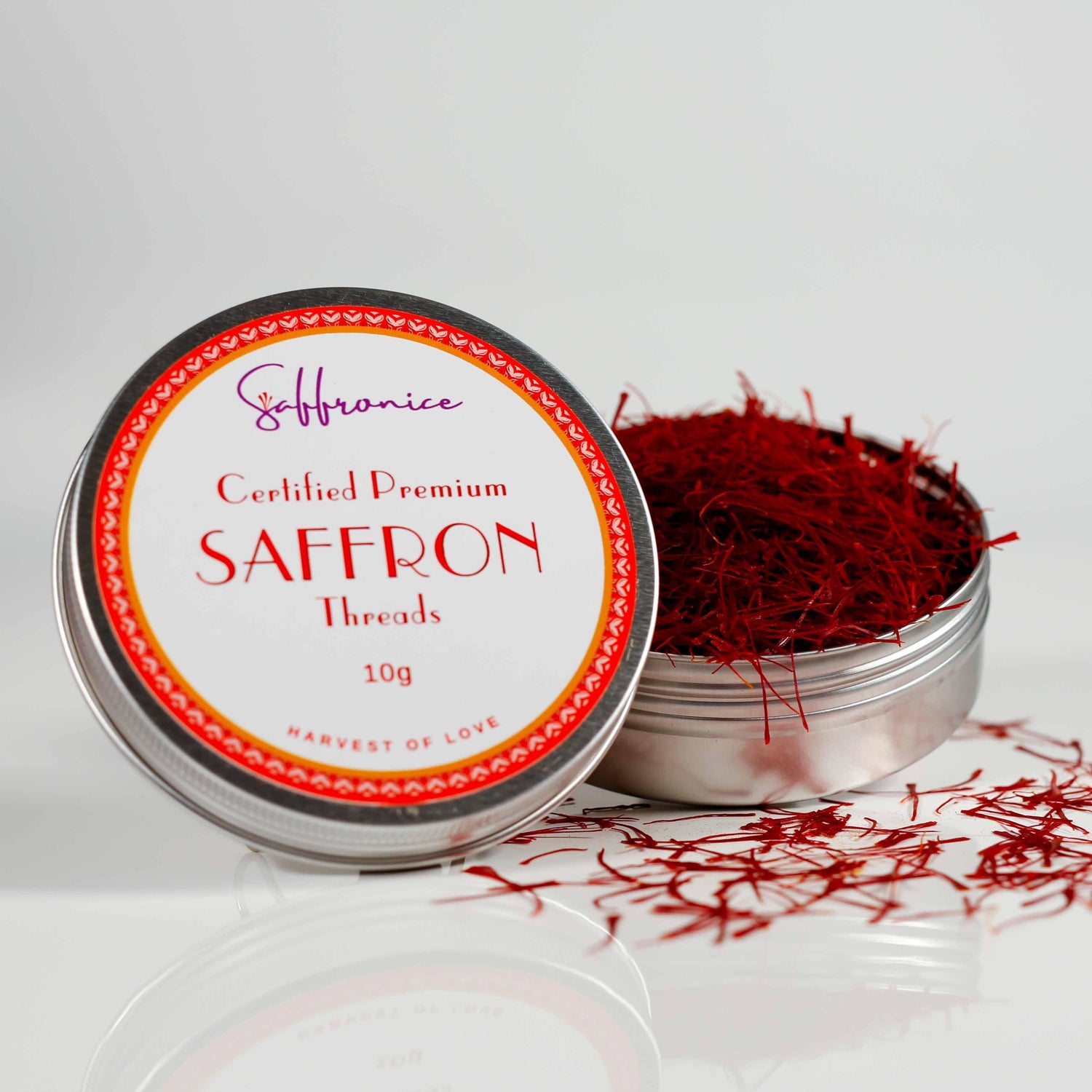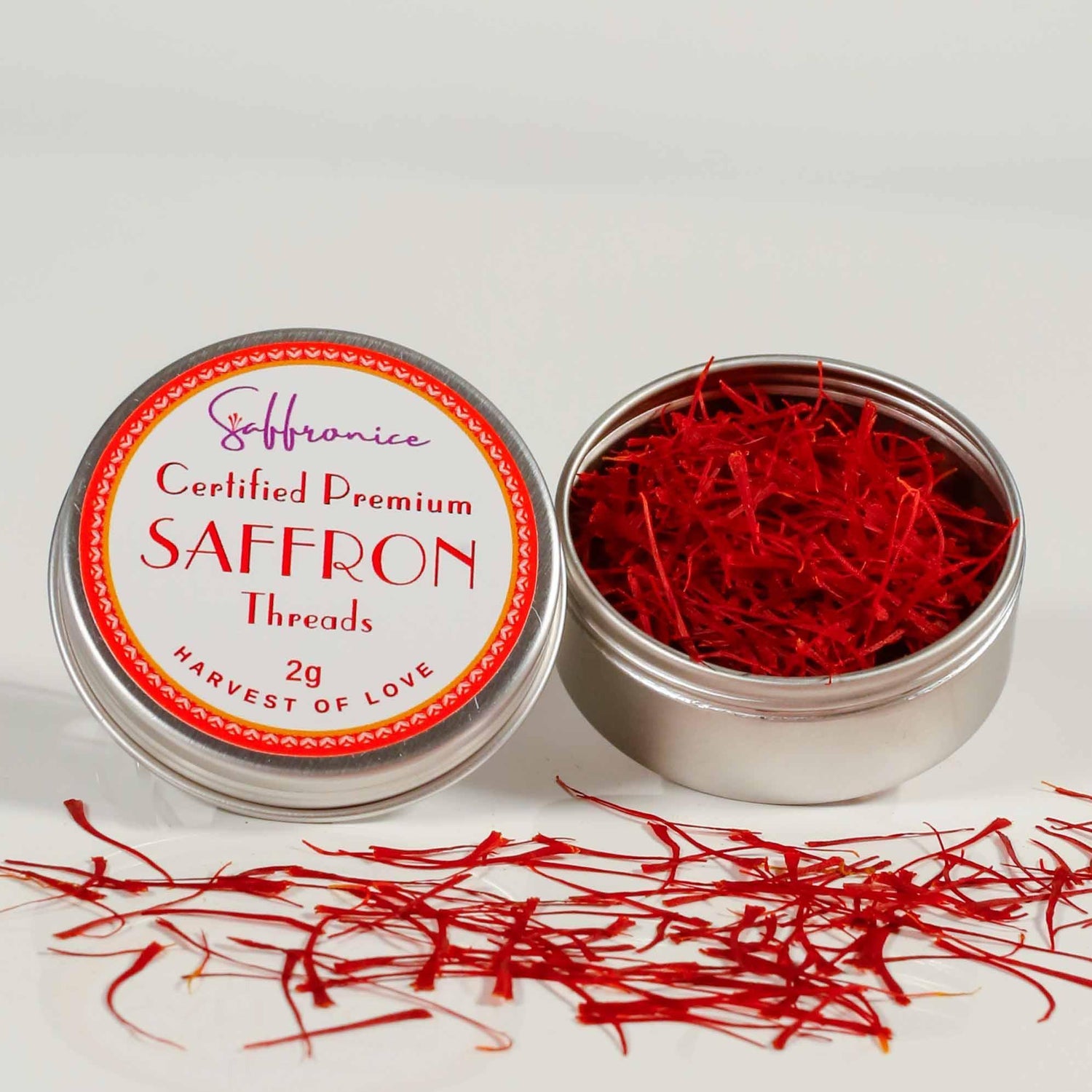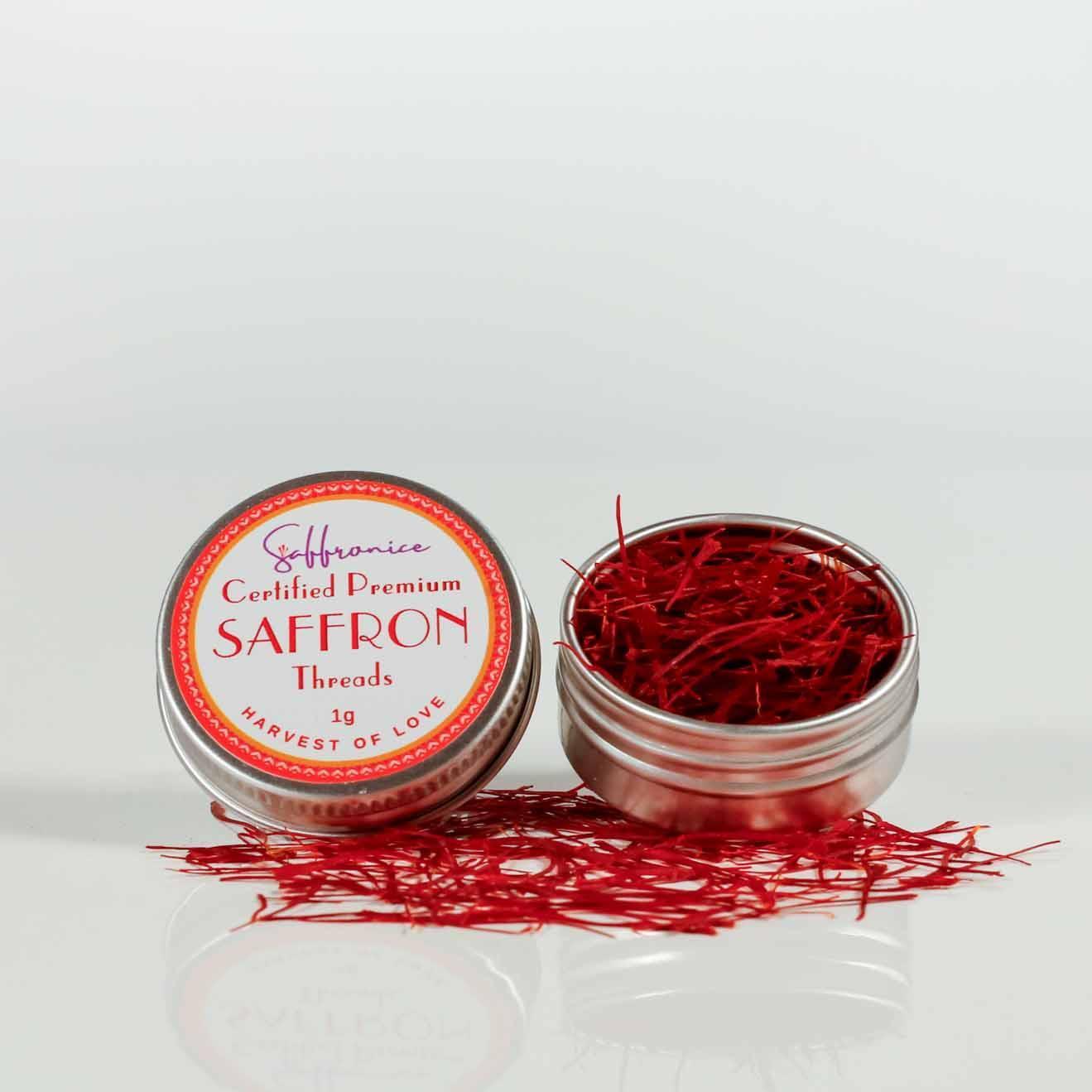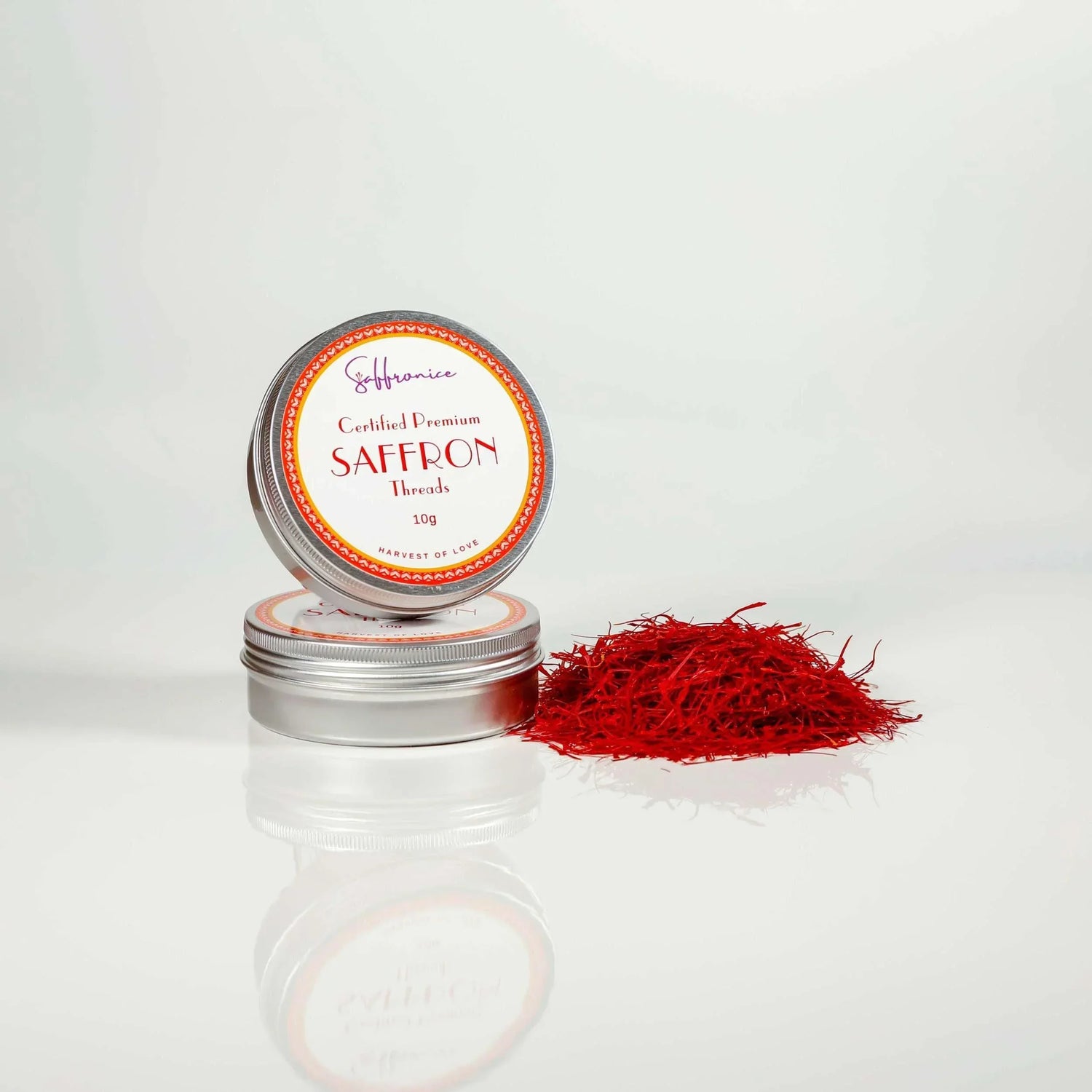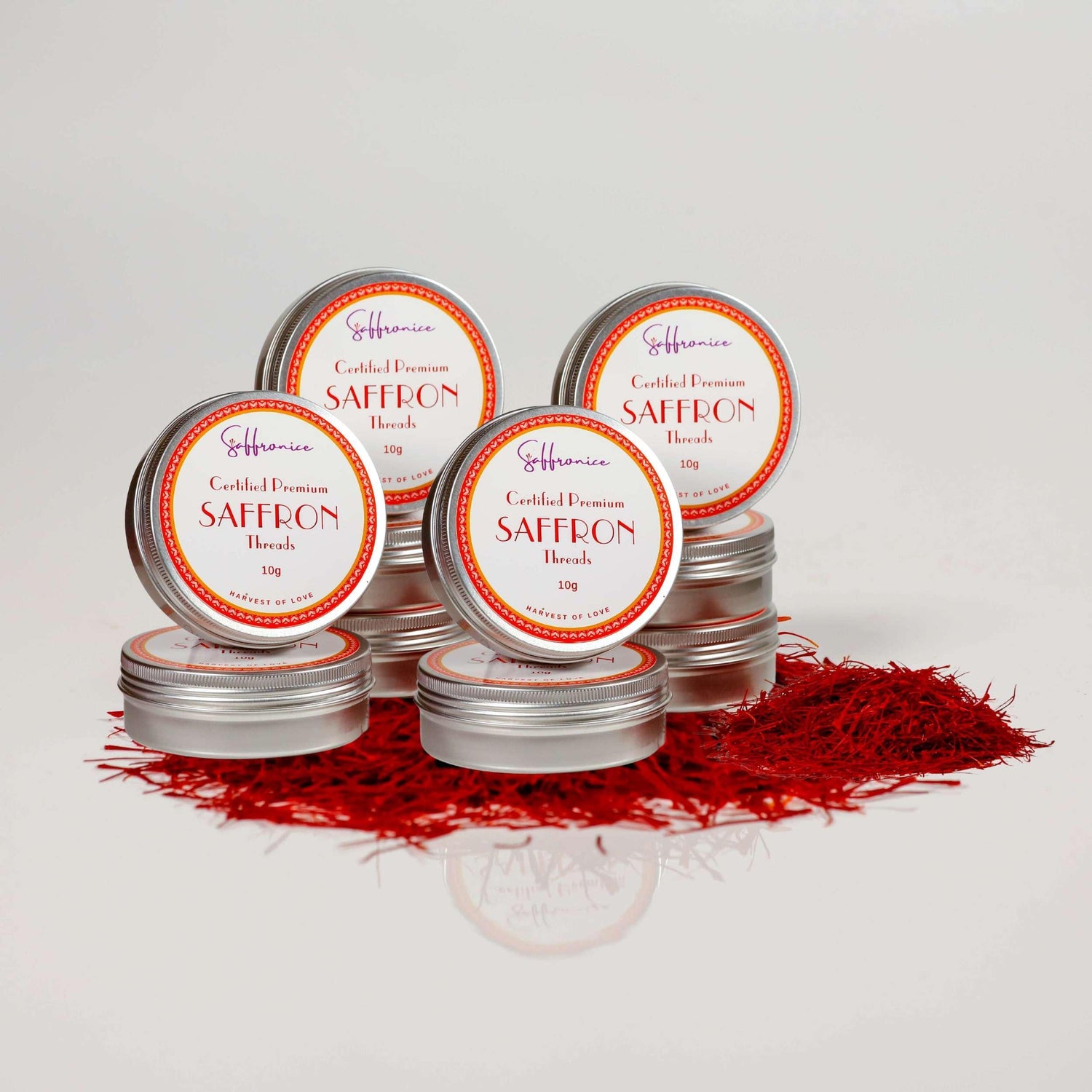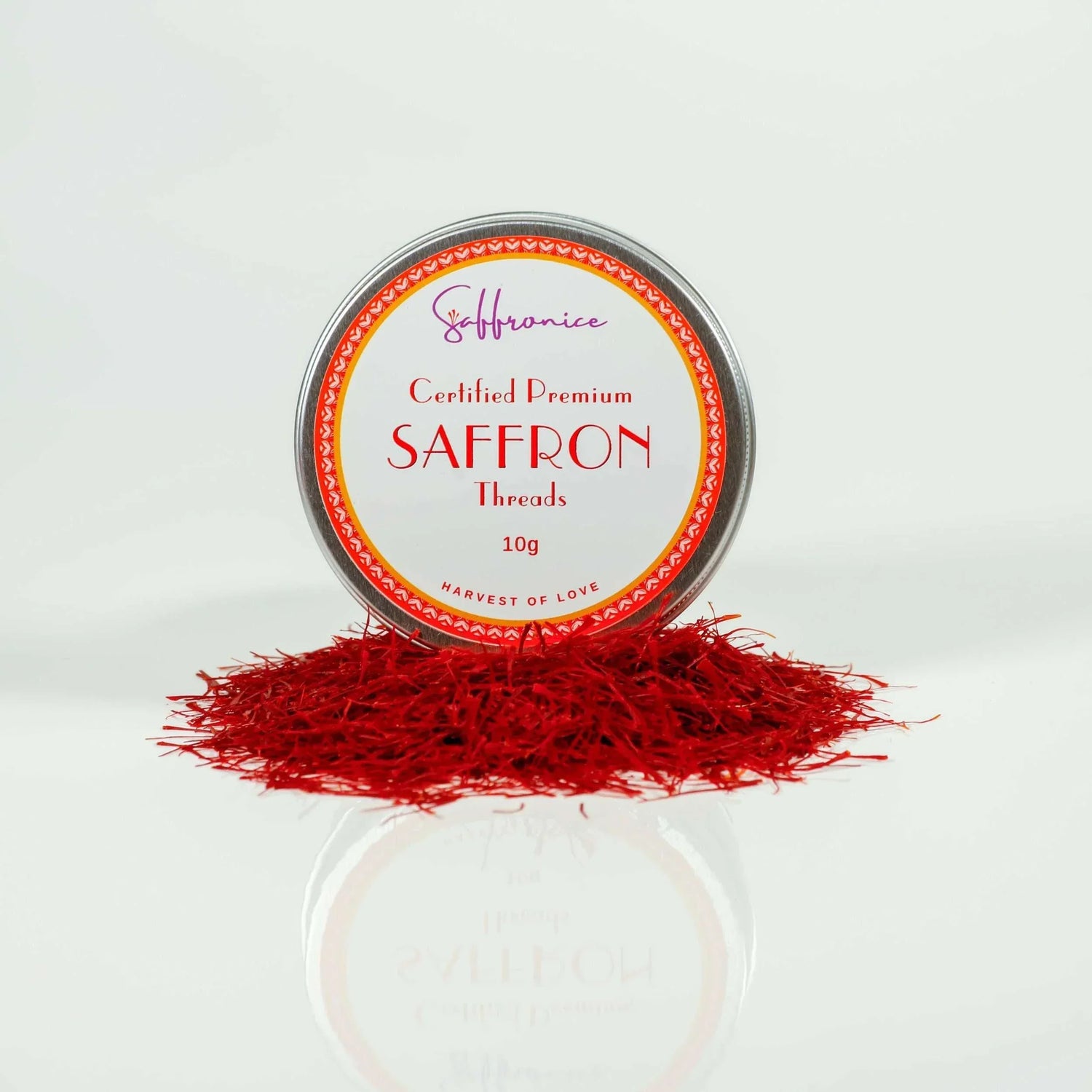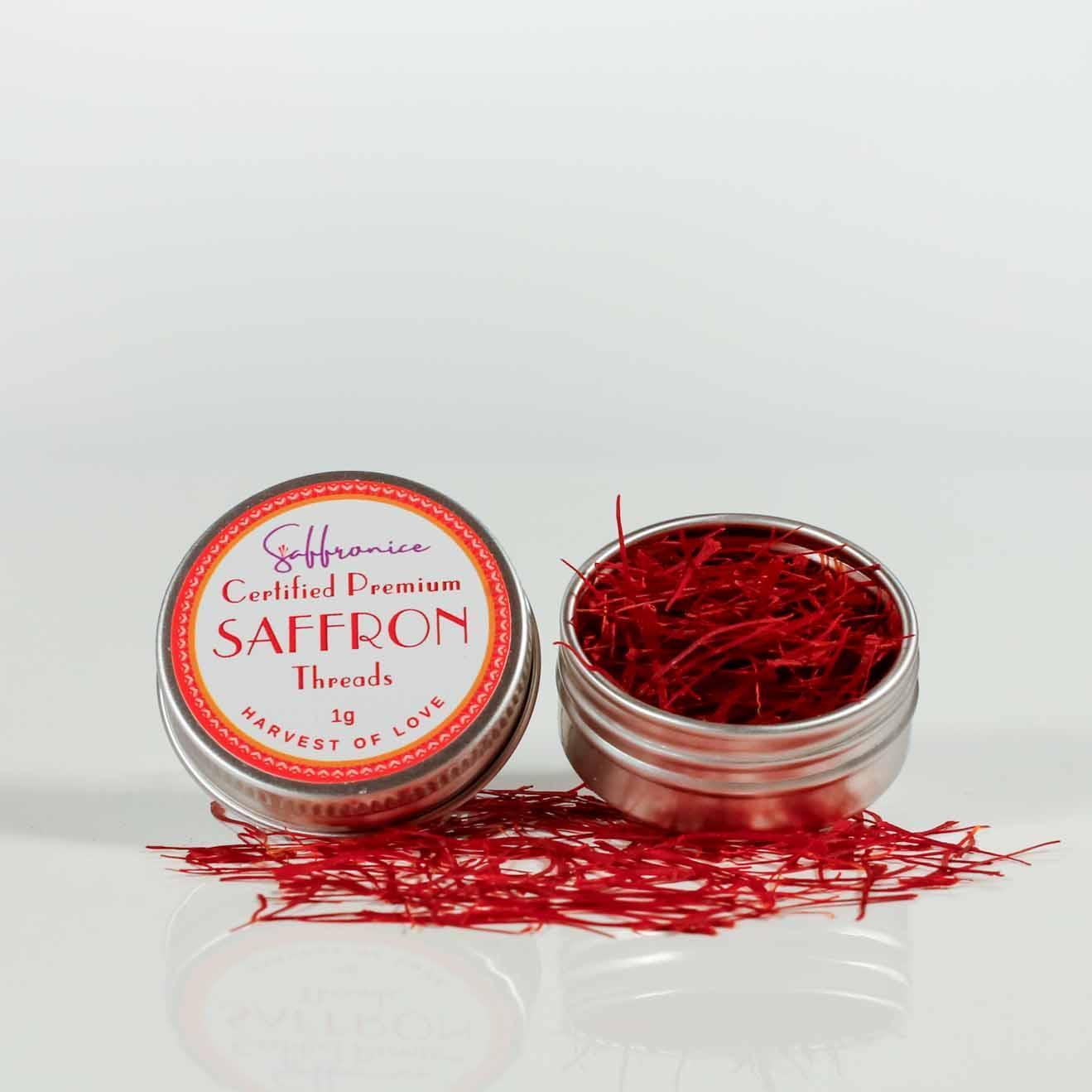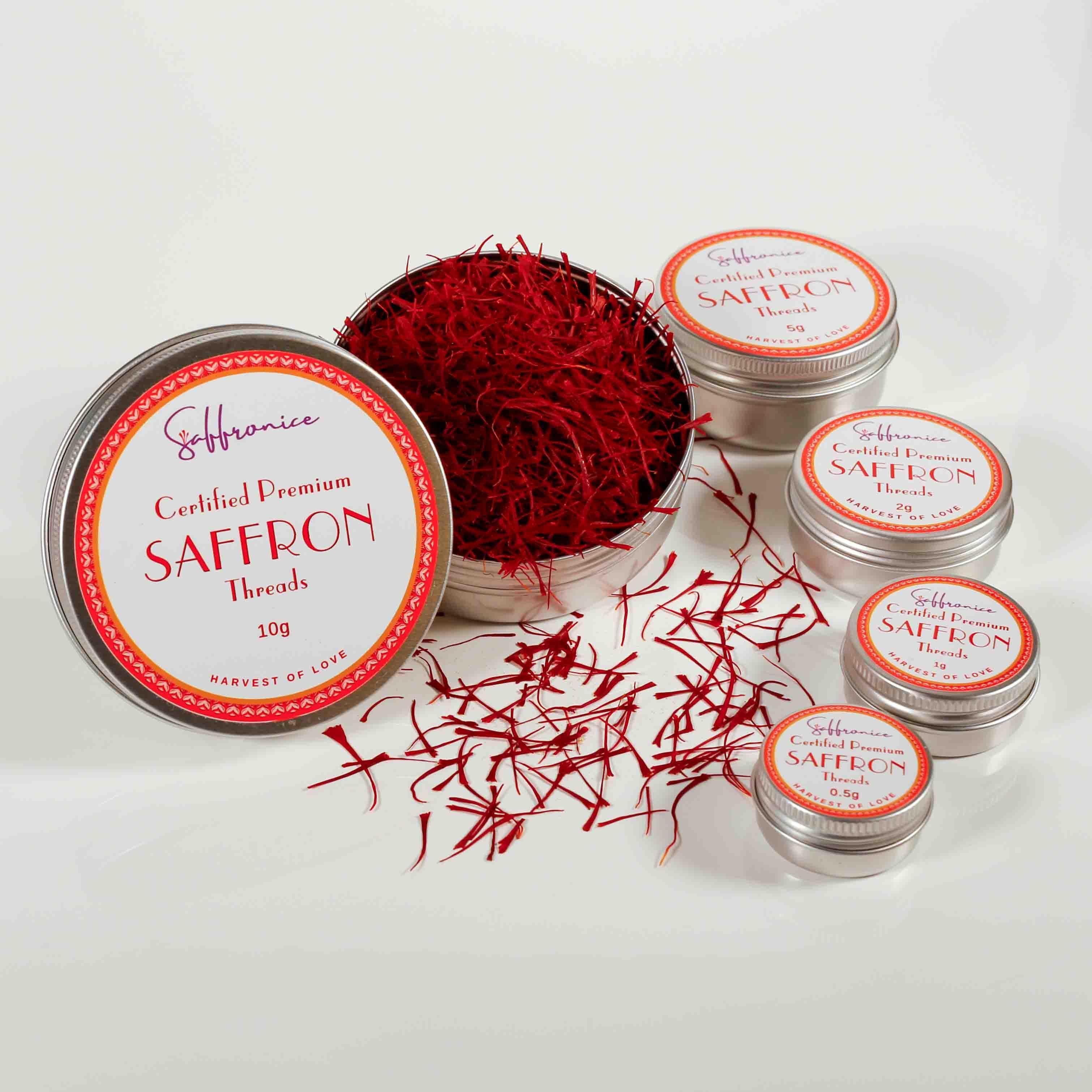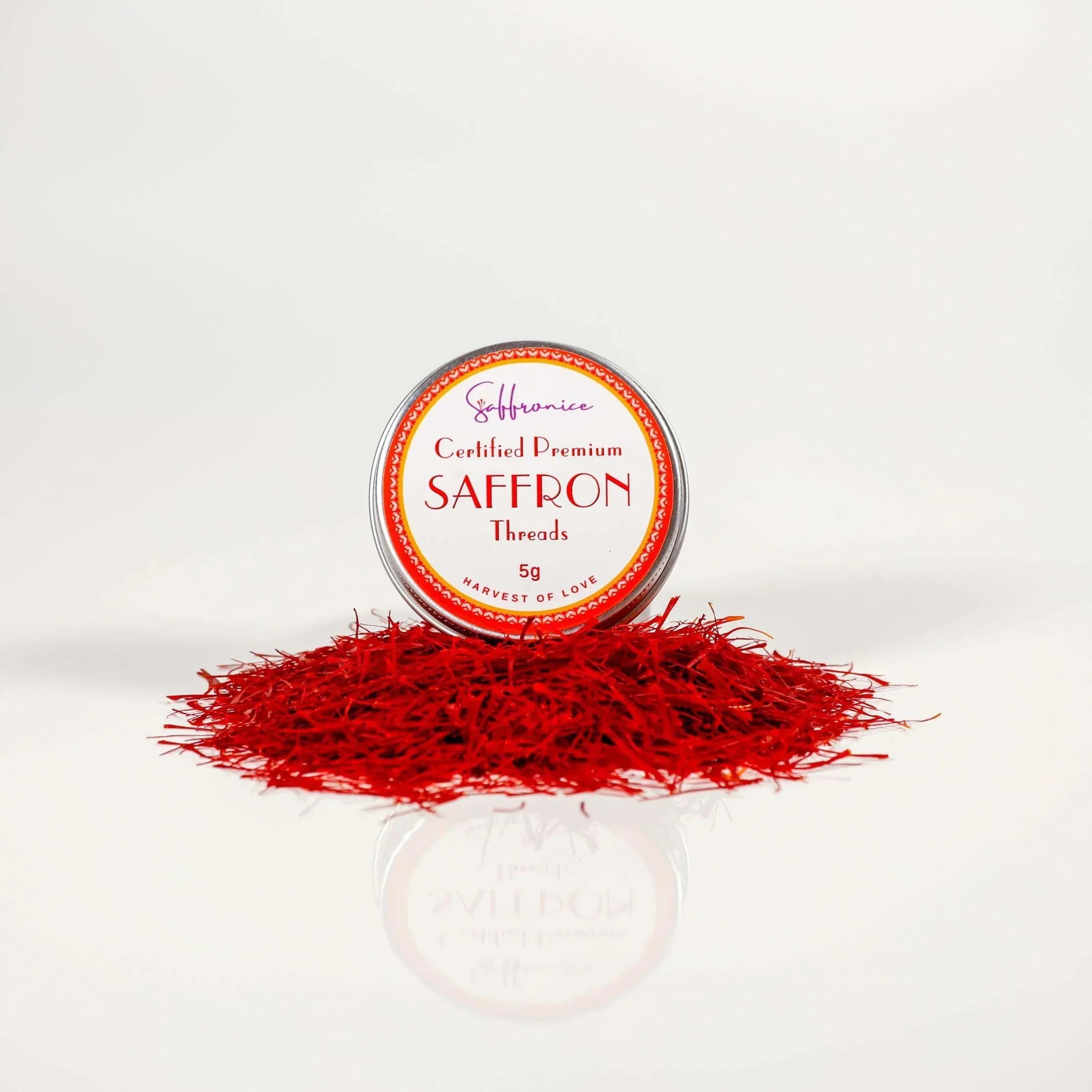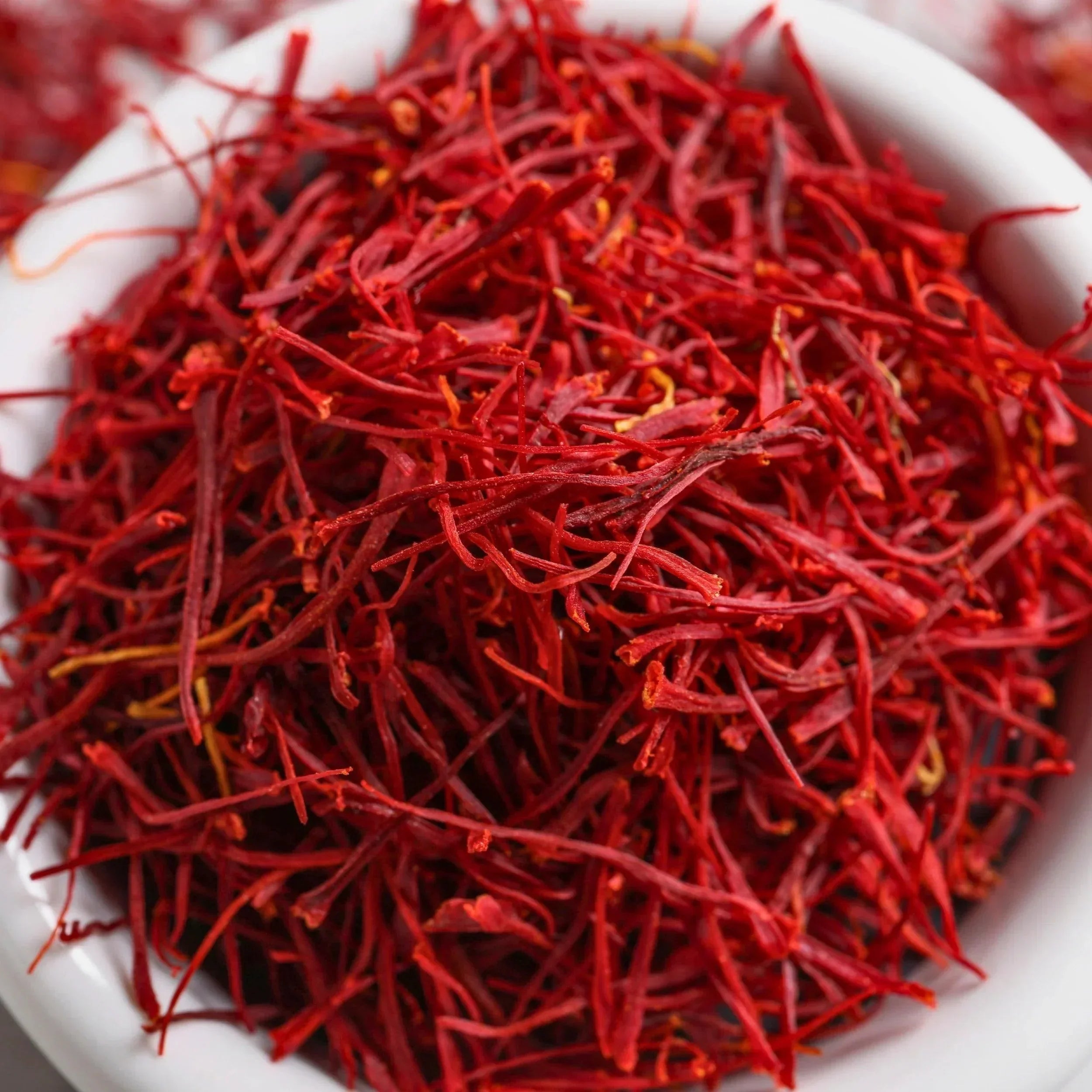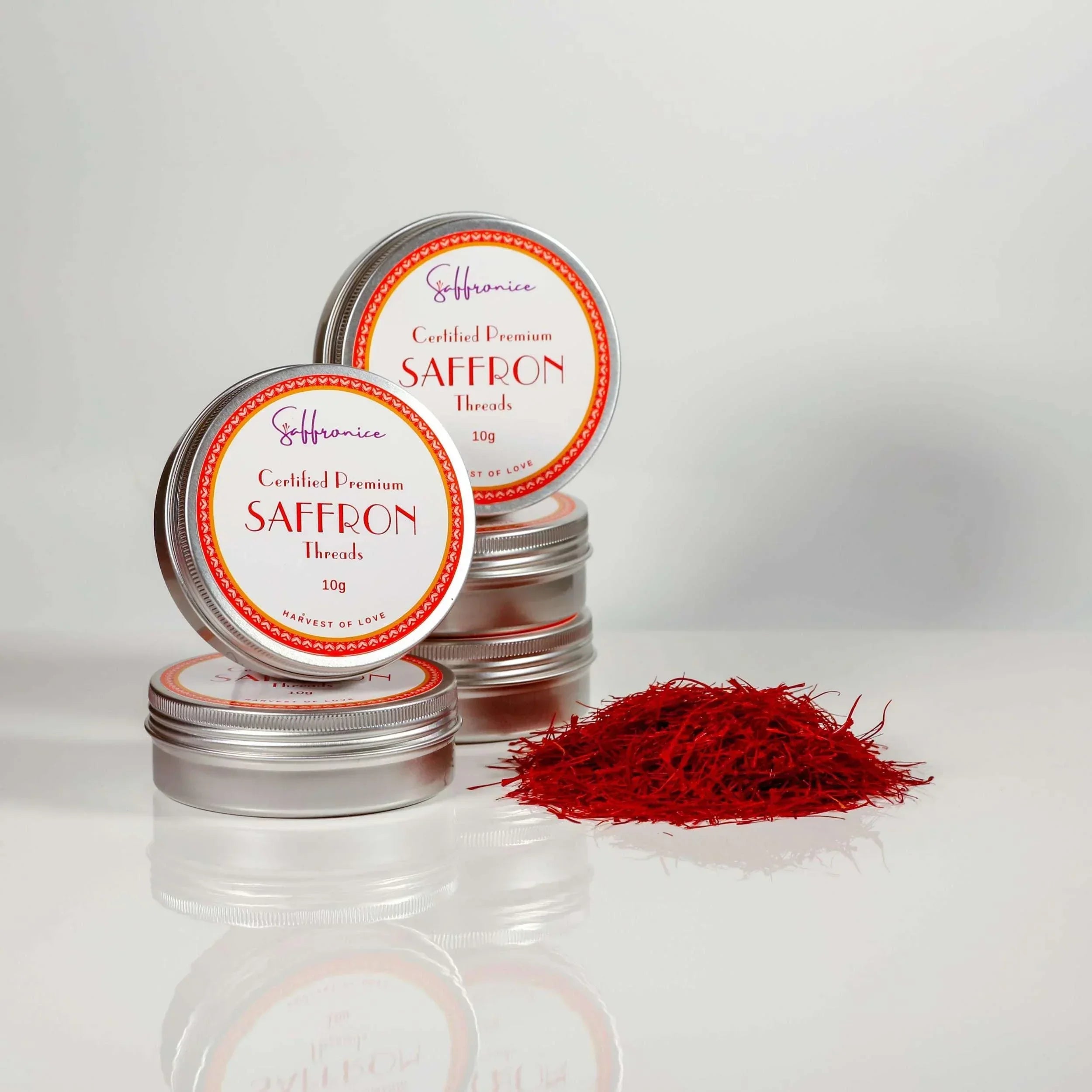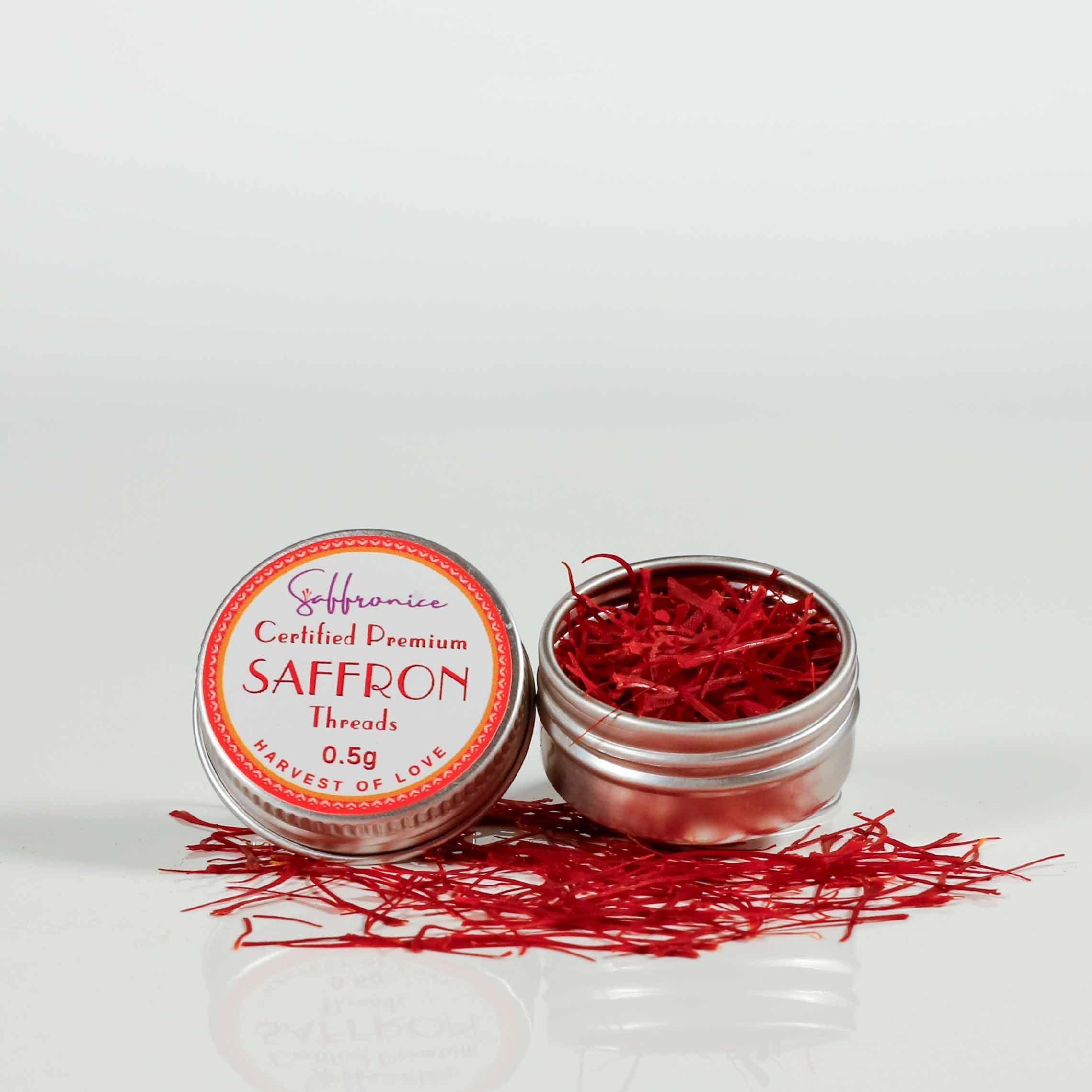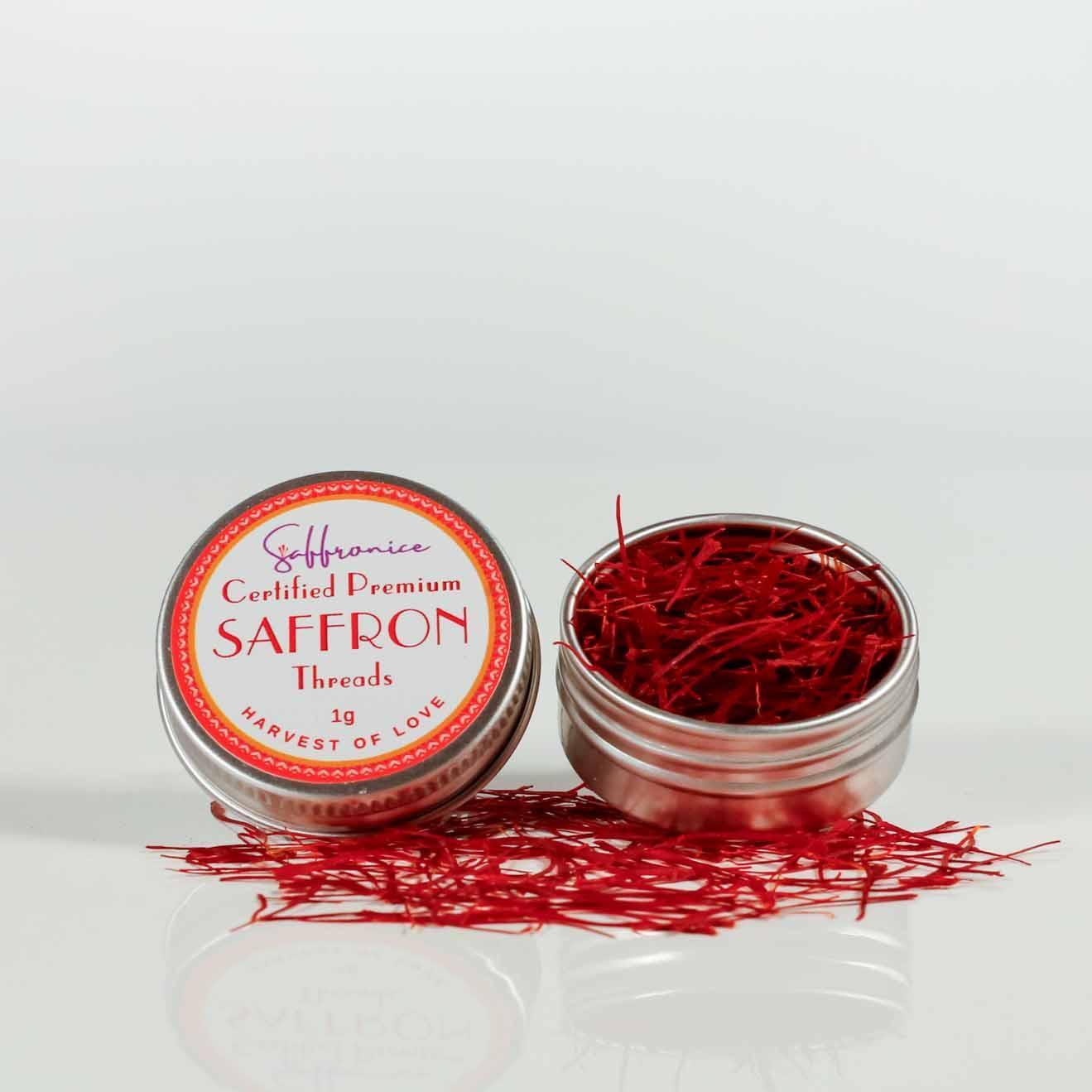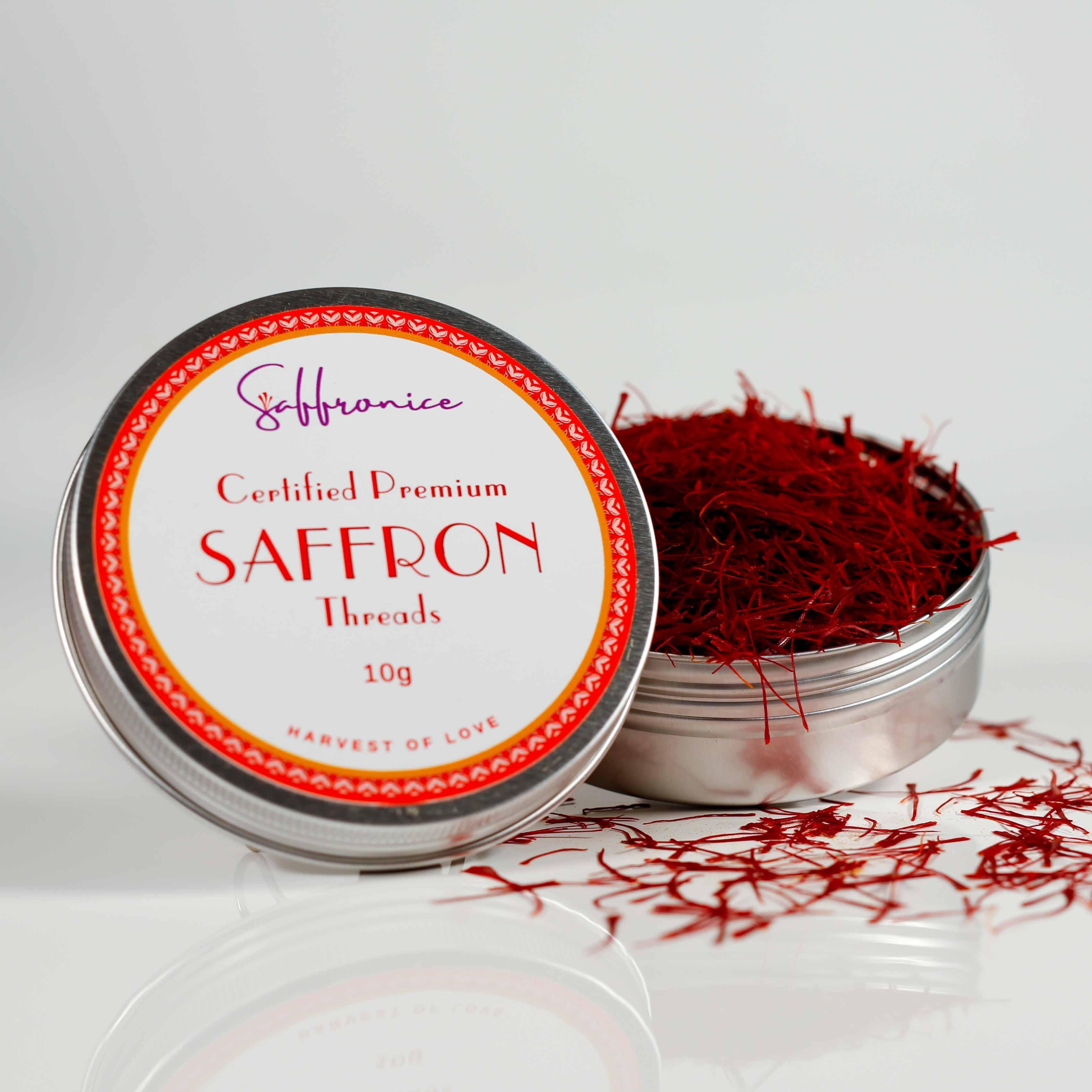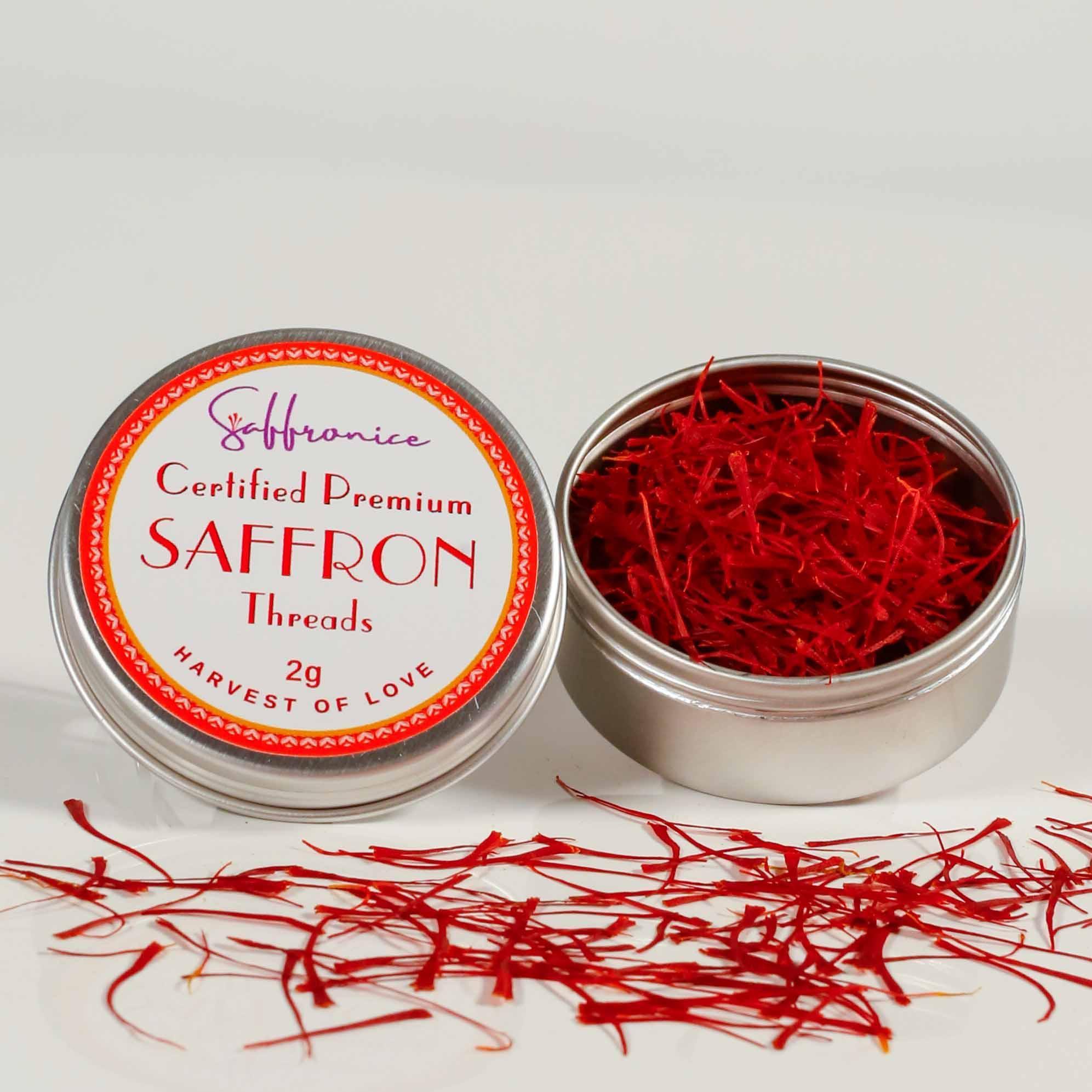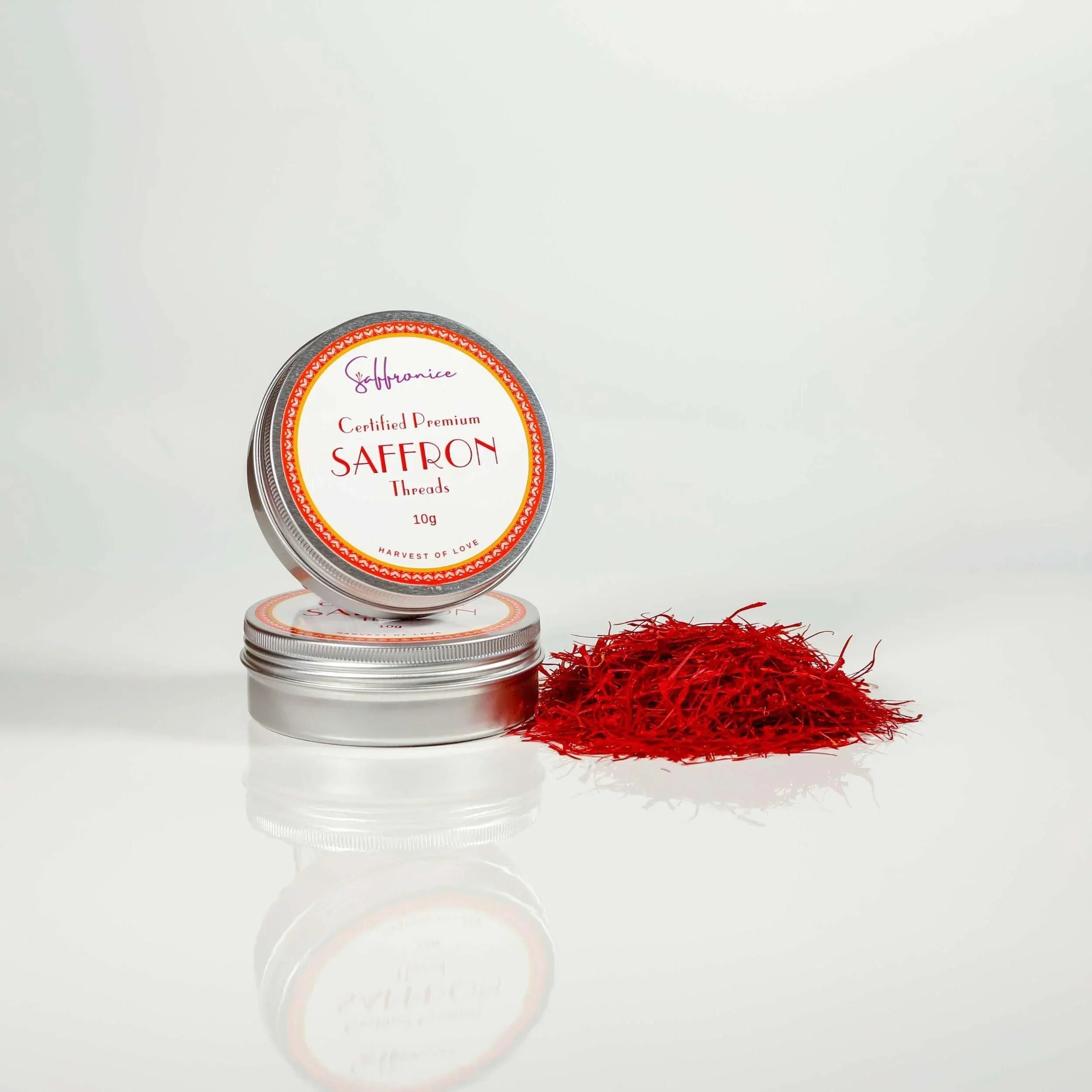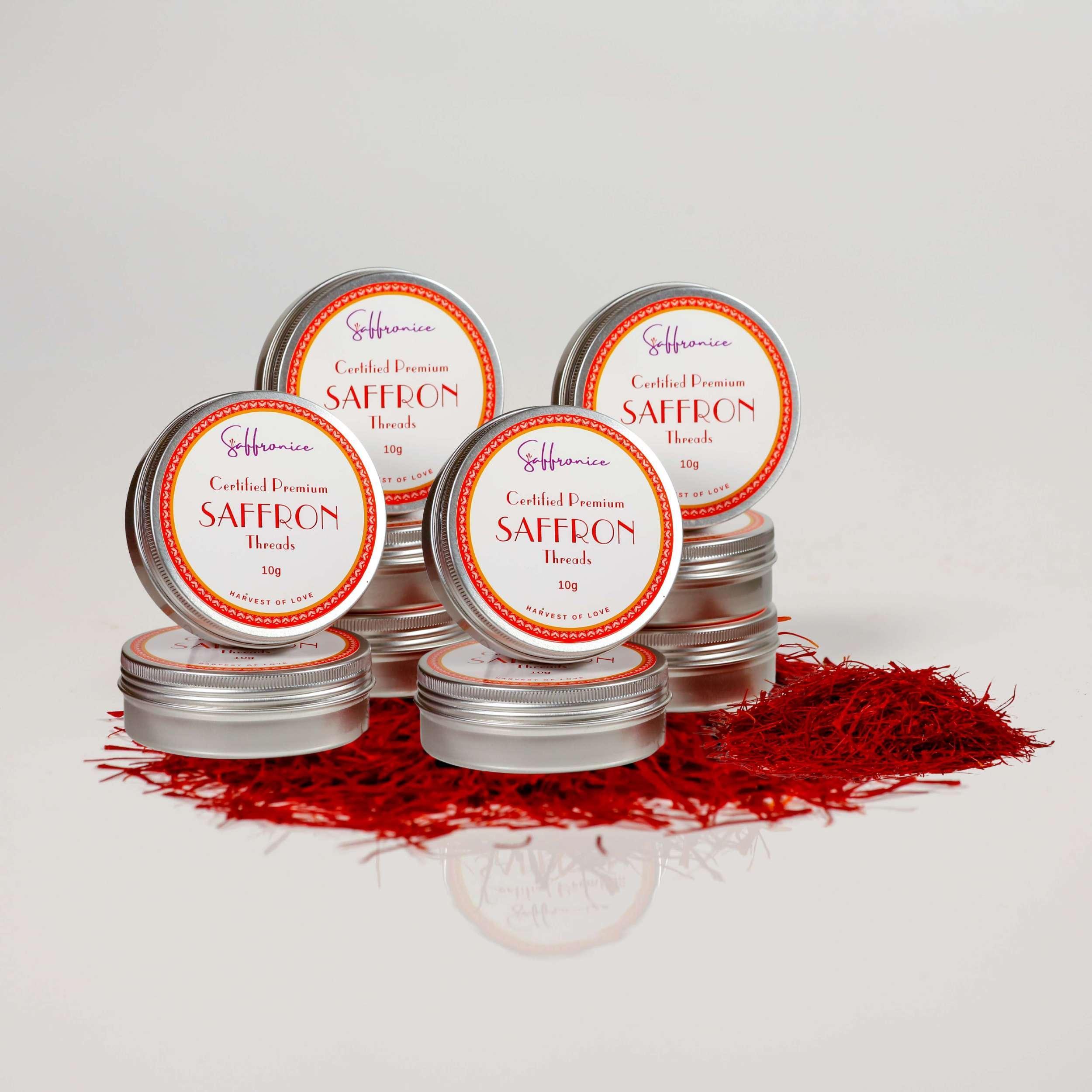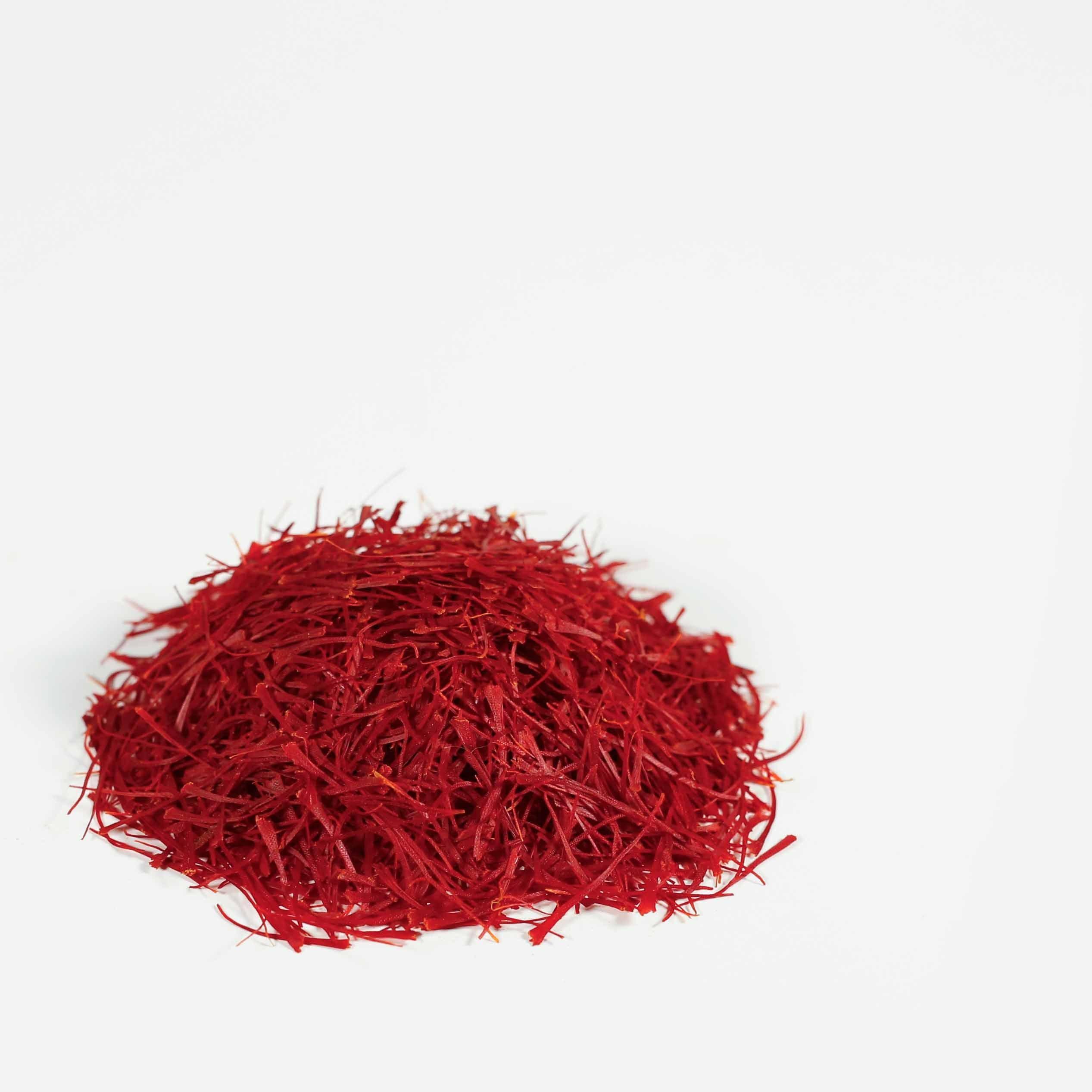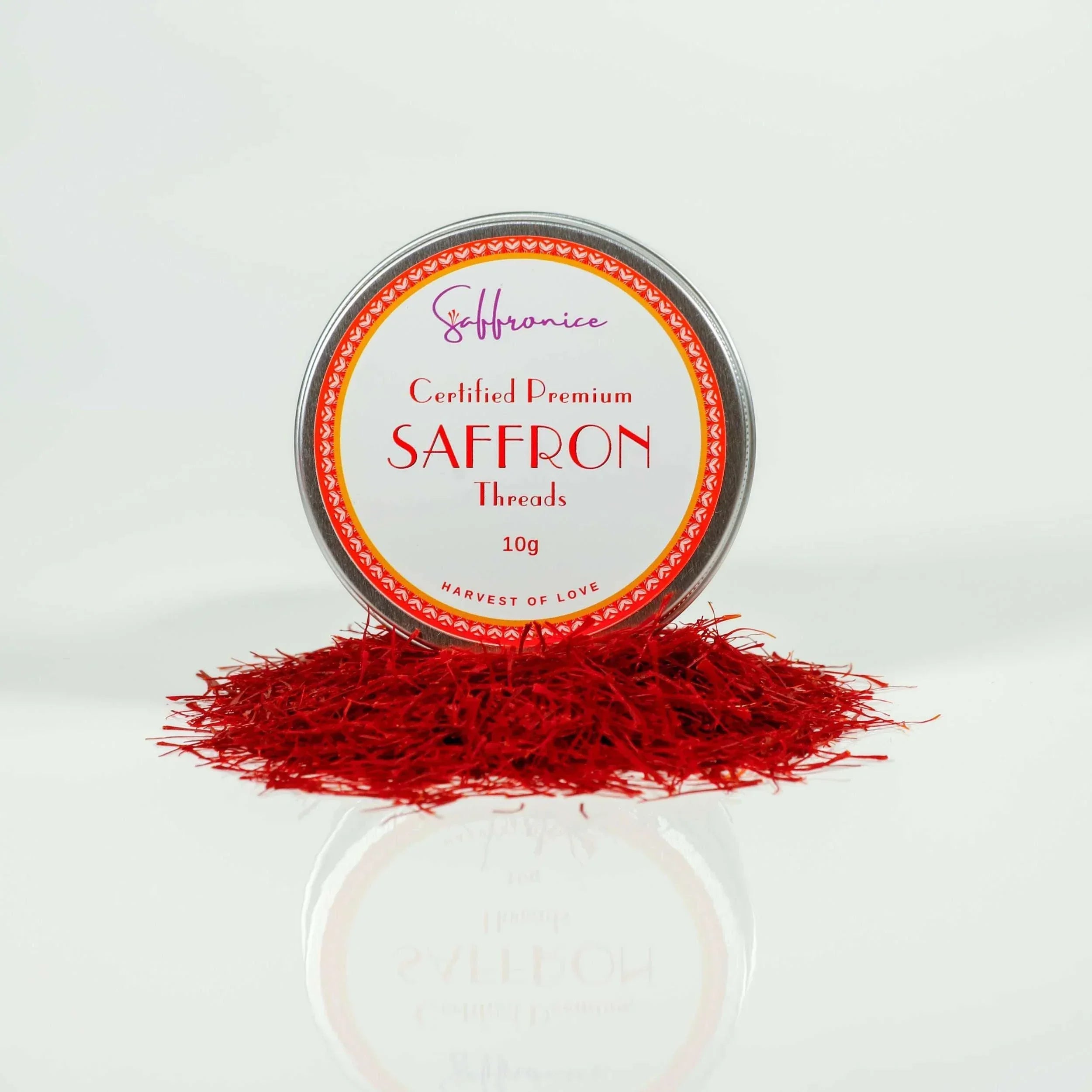Saffron is a bright and captivating color from the Crocus sativus flower. It has a special place in art and design. This spice, with its rich history, has inspired many to explore its uses.
This guide explores the world of saffron color. We'll look at its history and how it adds warmth and opulence to art. We'll see how saffron has been used in Byzantine mosaics, Persian miniatures, and illuminated manuscripts.
We'll also dive into the science behind saffron's color. This will help us understand why it's so vibrant and water-soluble. This knowledge will show us how saffron is used today in design and art.
If you love art, design, or just the color saffron, this guide is for you. It will inspire you to use saffron in your own work.

Key Takeaways
- Saffron has a rich history as a vibrant natural pigment used in art and design throughout history.
- The unique molecular structure of saffron's main compound, crocin, is responsible for its vivid yellow hue and water-soluble properties.
- Saffron has been extensively used in Byzantine art, Persian miniatures, and illuminated manuscripts, adding warmth and opulence to these artistic masterpieces.
- Contemporary artists and designers continue to explore the versatility of saffron color in textile design, natural dyes, and innovative art installations.
- Understanding the chemistry and history of saffron color can inspire and guide creative practitioners in their artistic endeavors.
The Vibrant History of Saffron in Art and Design
Saffron's bright colors have been loved in art and design for centuries. It's known for its golden glow, seen in Byzantine mosaics and Persian miniatures. This color has always amazed people, making them feel grand.
Exploring the Use of Saffron in Byzantine Art
In the Byzantine era, saffron was key for making stunning religious art. The mosaics in Hagia Sophia, with their bright colors, show saffron's power. These artworks made people feel a deep sense of awe and respect.
Saffron in Persian Miniatures and Illuminated Manuscripts
Saffron's beauty also shone in Persian miniatures and manuscripts. Artists used its golden pigments to add depth and richness. Saffron made the sun and royal robes look even more stunning.
Saffron's lasting impact in art comes from its ability to stir emotions. Its bright colors captivate and inspire, leaving a lasting mark on art and culture.

The Chemistry of Saffron: Unveiling Nature's Pigment
Saffron's yellow-orange color comes from a special molecule called crocin. This molecule is key to saffron's bright color, loved by artists and designers for centuries. Its unique structure lets it absorb and reflect light, creating saffron's signature color.
The Molecular Structure of Crocin and Its Vibrant Hue
Crocin's makeup not only gives saffron its bright look but also makes it dissolve in water. This makes saffron a great natural pigment for many uses. Its sugar attachments help it mix well with water, making it easy to use in art.
Exploring the Water-Solubility of Saffron Dyes
Artists and designers loved saffron because it dissolves in water. This made it easy to use in many projects. From fabrics to paintings, saffron's color was used in many ways, showing its versatility.
Saffron's special chemistry and color make it a prized pigment in art and design. Knowing about crocin and saffron's solubility helps us see why it's so valued and versatile.

Saffron Color in Art and Design
The color of saffron has always inspired artists and designers. It's seen in old tapestries and today's interior designs. This color brings warmth, luxury, and a sense of opulence to art and design.
Saffron's golden-yellow color comes from a chemical called crocin. It's linked to sacred meanings in many cultures. In Hinduism, it stands for sacrifice, light, and the search for salvation.
In the Indian national flag, saffron represents courage and sacrifice. This shows its deep spiritual value.
Saffron also plays a role in Spice Art. It's used in paintings, textiles, and ceramics. This natural pigment lets artists express their creativity in many ways.
Saffron's popularity in design is clear. It inspires many color palettes for buildings and homes. Its warm tones add luxury and sophistication to any space.
"Saffron has long been a symbol of the divine, a color that has captivated the human imagination for centuries. Its vibrant hue, rooted in the natural world, continues to inspire and captivate artists and designers, showcasing the power of color to evoke emotion and transform our surroundings."
Embracing Saffron: Warmth and Opulence in Design
Saffron's warm and vibrant colors have been loved by textile designers and artisans for a long time. They use saffron's natural dyes to make luxurious fabrics and textiles. These items include exquisite robes, intricate carpets, and stunning tapestries, all filled with warmth and opulence.
Saffron in Textile Design and Natural Dyes
Designers can extract saffron's unique pigments and use them in textiles. This adds a touch of luxury and sophistication to their work. Saffron's dyes have helped create textiles that are both elegant and timeless, from royal robes to traditional carpets.
Incorporating Saffron Hues in Contemporary Art and Interiors
Saffron's colors are also popular in contemporary art and interior design. Artists use saffron's natural pigments to make striking and evocative works. Designers use saffron-inspired colors to add depth, richness, and warmth to their designs. Saffron's ability to evoke opulence and timelessness inspires many creative professionals.
"Saffron's warm and vibrant hues have long been embraced by textile designers and artisans, offering a rich and sumptuous palette for creating luxurious fabrics and textiles."
The trend of saffron-inspired colors and natural dyes is growing in interior design. Saffron Color in Art and Design is now a popular choice. Designers and homeowners want to add saffron's warmth and opulence to their spaces. Saffron's versatility makes it a key element in Contemporary Art and Interior Design.

The history and versatility of saffron color have inspired many. It's used in Byzantine art and Persian manuscripts. This pigment adds warmth and depth to art.
Understanding saffron's chemistry helps us see its value. It's a key medium for Saffron Color in Art and Design.
Saffron color will keep inspiring artists for years. It's used in Textile Design and Natural Dyes. It also adds beauty to Contemporary Art and Interiors.
Saffron's timeless appeal as a Natural Pigment and Spice Art is clear. It brings warmth and opulence to Color Theory and various art forms.
The world may change, but saffron's appeal will stay strong. Its unique qualities and cultural ties will keep inspiring many.
FAQ
What is the significance of saffron color in art and design?
Saffron has been a cherished color in art and design for centuries. It adds warmth, depth, and luxury to various mediums.
How was saffron used in Byzantine art?
Byzantine artists used saffron to dye fabrics and create pigments. This made their religious images, like Hagia Sophia's mosaics, opulent and vibrant.
What role did saffron play in Persian miniatures and illuminated manuscripts?
Saffron's golden tones were used in Persian art to show the sun, sky, and royal robes. It added depth and luxury to the stories told in these artworks.
What is the chemical composition that gives saffron its distinctive color?
Saffron's yellow-orange color comes from a molecule called crocin. Its double bonds absorb and reflect light, creating its signature shade.
How did saffron's water-soluble properties make it a versatile natural pigment?
Saffron's sugar molecules make it soluble in water. This lets artists mix it into paints, dyes, inks, and glazes, making it a favorite for centuries.
How has saffron's vibrant hues been embraced in textile design and contemporary art?
Saffron's dyes have colored fabrics, from royal robes to traditional carpets. Artists use its pigments for striking works. Designers add saffron-inspired colors to spaces for warmth and depth.


